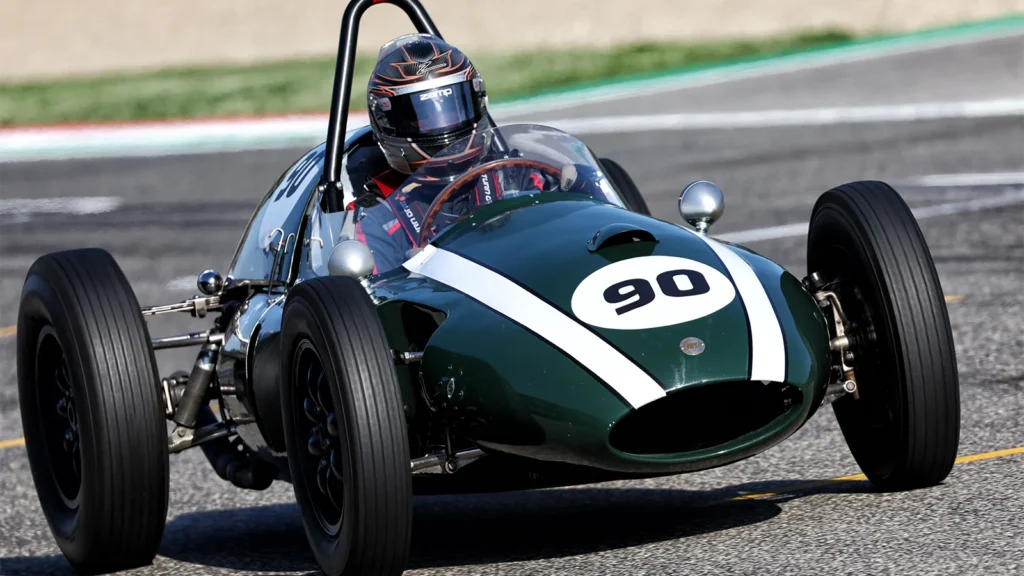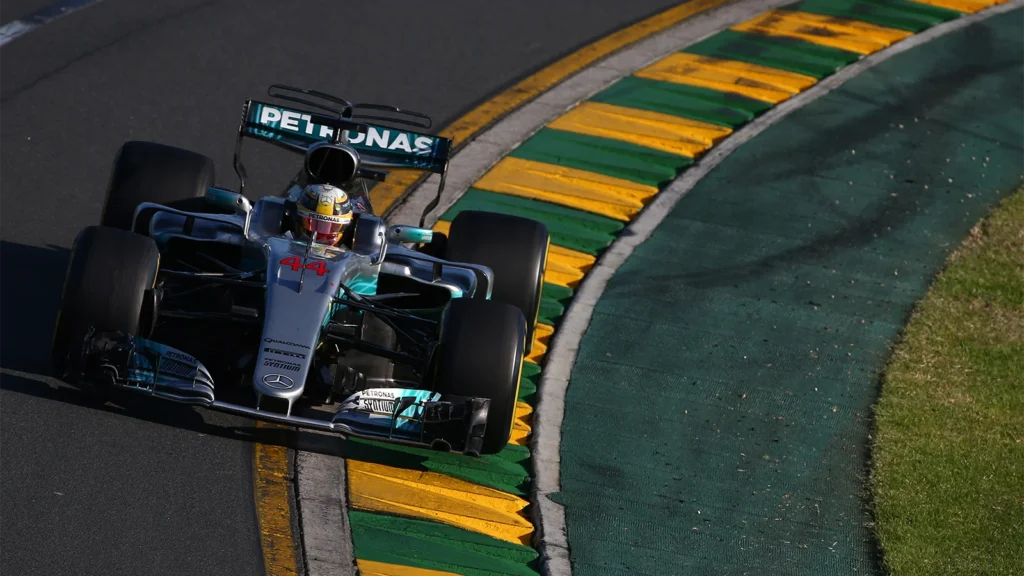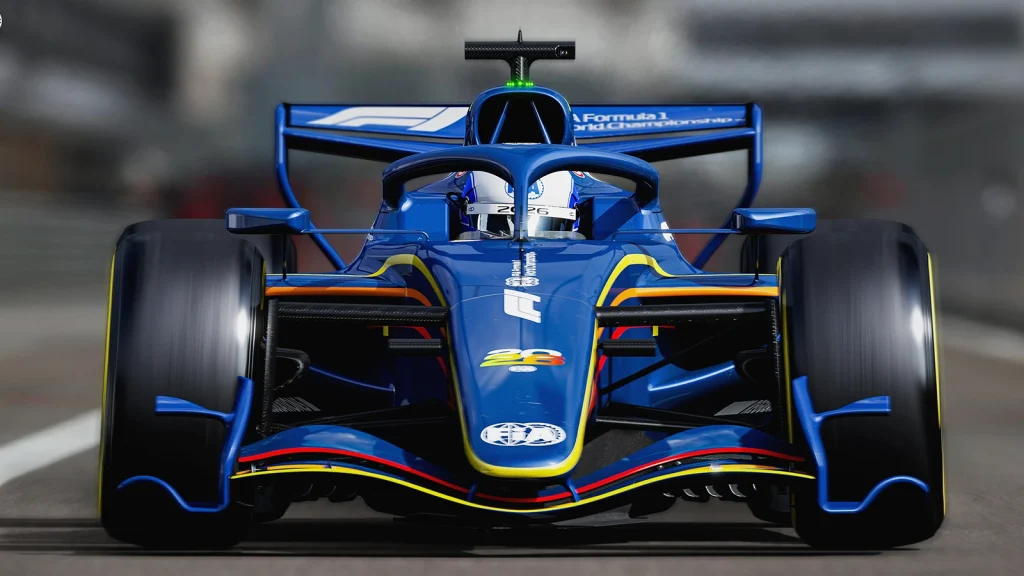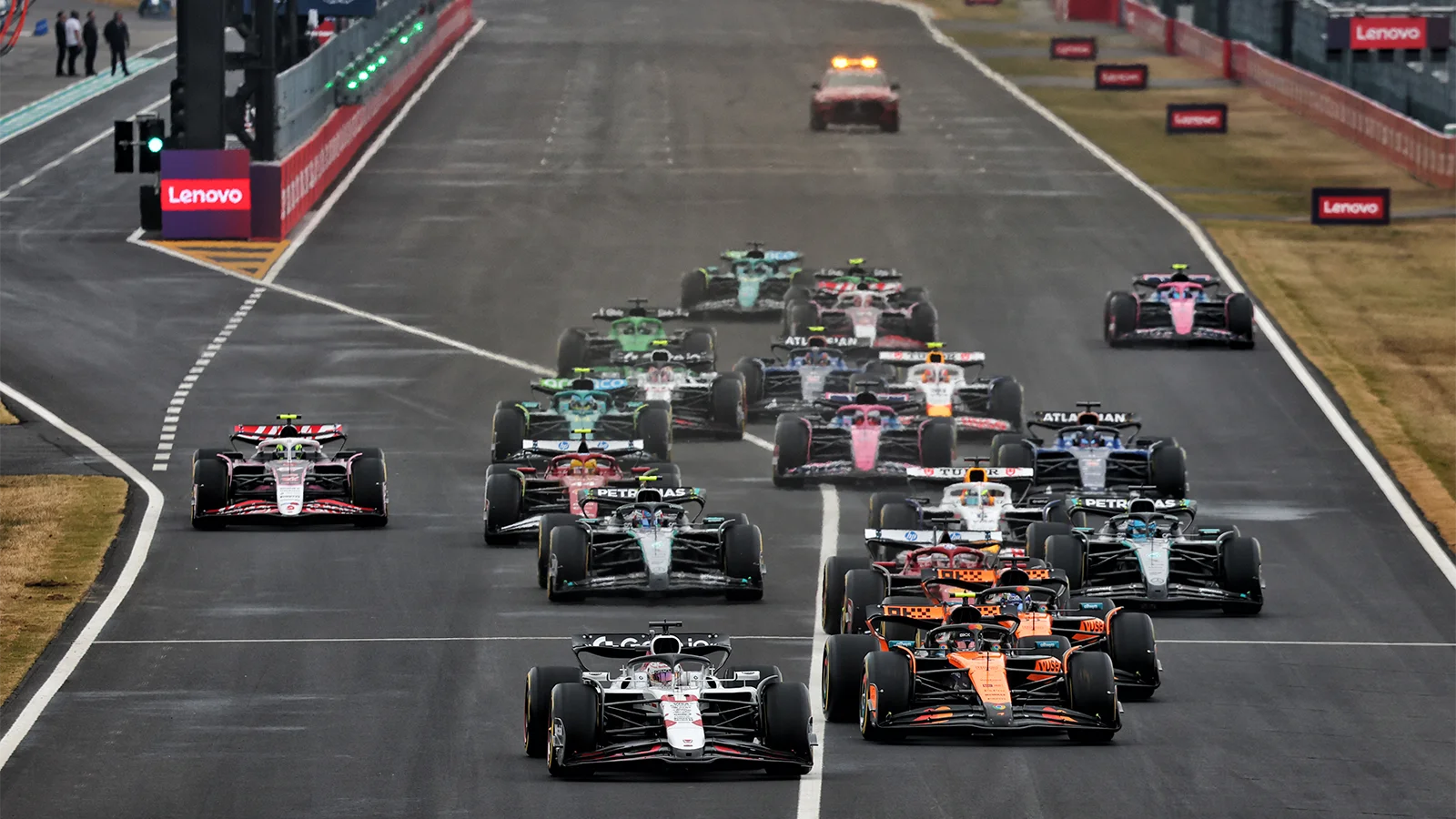There’s a narrative doing the rounds, a persistent drone in the background noise of every post-race debrief on a classic circuit: ‘These tracks just aren’t suited for modern Formula 1. They need to change.’ I’m calling time on that fallacy: It’s the cars, stupid.
We’re witnessing a paradox. F1 is booming, attracting new audiences, selling out grandstands, and posting record revenues. Yet, beneath the gloss, the core product – the wheel-to-wheel racing, the heart-stopping overtakes that define the sport’s legends – often feels stifled, particularly on the hallowed grounds where history was made.
Think about it. After races at Suzuka, Spa-Francorchamps, Imola, Montreal, Zandvoort, and even Albert Park – circuits woven into the very fabric of F1 – the same tired discussion ignites. Calls for modifications, reprofiling corners, and extending runoff areas. Why? Because the current generation of F1 cars, magnificent technological marvels though they are, often struggle to put on the show these tracks deserve. Meanwhile, other top-tier racing series lap up the challenge, delivering thrilling contests on the same layouts.
This isn’t about romanticizing a bygone era of terrifyingly unsafe machines. It’s about critically examining why the pinnacle of motorsport often looks less racy than its counterparts on tracks that have proven, time and again, to be superb tests of driver skill and machine performance. The data trail leads directly to the design philosophy and, crucially, the sheer physical size of modern F1 cars.
The incredible shrinking F1 racetrack
Let’s rewind. F1 cars haven’t always been the land yachts they are today. Regulations, driven by safety, performance, and sometimes flawed attempts to manage competition, have dramatically evolved car dimensions.
In the early days (1950s), regulations were loose, focusing more on engine capacity than physical size. Cars like the Alfa Romeo 158 were comparatively petite: around 3.9 meters long and 1.5 meters wide. The 1960s saw minimum weights introduced, but cars remained nimble – a Lotus 18 from that era was just over 3.4 meters long.
Through the 70s and 80s, safety improvements and the dawn of serious aerodynamics, including ground effects, began to increase size and weight. A 1980 Williams FW07 measured roughly 4.46 meters long and 2.13 meters wide.

The pendulum swung back slightly in the 1990s, particularly concerning width. Following the tragedies of 1994, safety intensified. Still, car width was notably reduced from a maximum of 2150mm (2.15m) down to 2000mm (2.0m) in 1994 and then, significantly, down to 1800mm (1.8m) from 1998 onwards, a dimension that held until 2016. Lengths continued a gradual creep, but the narrower profile was a defining characteristic of this period. A 2000 Ferrari F1-2000 was about 4.4m long and 1.8m wide.
Then came the modern era, especially the hybrid era, which started in 2014 and the major regulation shift in 2017. Safety structures became more complex, hybrid power units demanded space, and aerodynamic obsession pushed designs outwards and lengthways. While maximum height (95cm) and width (200cm) were defined, length was largely unconstrained by explicit rules, ballooning to accommodate aero concepts and powertrain packaging. Cars routinely exceeded 5.5 meters. A 2019 Mercedes W10 hit 5.73 meters long. Today’s cars are around 5.6 meters long. The most impactful change, however, was the deliberate increase in maximum width back to 2000mm (2.0m) in 2017. The goal was faster lap times through increased downforce and mechanical grip via wider tires and wings. Faster they became, but racier? The evidence suggests otherwise.
Overtaking under the microscope
Tracking overtaking statistics in F1 is complex and influenced by myriad factors: refueling bans, tire degradation philosophies, circuit characteristics, and the controversial Drag Reduction System (DRS) introduced in 2011. DRS undeniably boosted raw overtaking numbers, creating artificial speed differentials on straights. But looking beyond these artificial boosts, particularly at key regulatory transition points, reveals a compelling story about car size.
Historical data shows fluctuating overtake averages. The mid-1980s saw relatively high numbers, often averaging over 30 passes per race. The refueling era (1994-2009) generally saw a dip, with averages often in the teens or low twenties, as a strategy often trumped on-track battling. The removal of refueling in 2010 saw a slight uptick.
The arrival of DRS and high-degradation Pirelli tires in 2011 led to a massive spike, with averages soaring temporarily. But let’s focus on the width change.
The 2017 smoking gun?
In 2016, with 1.8m wide cars, F1 witnessed a high number of overtakes, averaging around 41.2 per race across 21 races (866 total overtakes reported by Pirelli). In 2017, the cars expanded to 2.0m wide. The result? Overtakes plummeted. Pirelli reported 435 overtakes across 20 races, averaging only 21.75 per race. That’s a staggering drop of nearly 47%, coinciding directly with the dimensional change. While other aerodynamic factors were at play, the correlation is too stark to ignore. Drivers immediately reported increased difficulty in following closely.
Even the 2022 regulations, designed specifically with ground effect aerodynamics to improve close racing and reduce dirty air, haven’t fully overcome the challenges posed by the cars’ sheer bulk, especially on narrower, traditional circuits. While overtaking saw some recovery post-2017, it hasn’t consistently reached a level that silences the critics, and DRS remains a necessary if debated, crutch.
Drowning in dirty air
It’s not just about two wide cars physically fitting side-by-side through Copse or Eau Rouge. It’s about the invisible wall they create: the aerodynamic wake, or “dirty air.”
Modern F1 cars are aerodynamic wonders, designed to generate colossal amounts of downforce, sticking them to the track at physics-defying speeds. But this comes at a cost. The complex wings, bargeboards, and floor designs required to achieve this performance spew incredibly turbulent air behind them.
A following car driving into this wake suffers a significant loss of its own downforce and grip. The bigger and more aerodynamically powerful the leading car, the bigger and more disruptive its wake. Today’s long, wide cars, optimized for performance in clean air, create aerodynamic potholes that make it exceedingly difficult for a pursuer to stay close enough through medium and high-speed corners to launch an attack on the next straight, even with DRS assistance.
The 2017 regulations, prioritizing outright downforce via wider surfaces, almost certainly exacerbated this wake effect, contributing to the overtaking drought observed that year. While the 2022 ground effect rules aimed to clean up the wake, allowing cars to follow more closely, the fundamental physics challenge posed by displacing such a large volume of air at speed remains.

Classic F1 Circuits: Victims, not villains
This brings us back to the classic circuits. Tracks like Spa, Suzuka, Monza, Silverstone, Interlagos, Montreal—these are the cathedrals of speed, demanding bravery and precision. They were largely designed when cars were smaller, nimbler, and less aerodynamically sensitive.
The track effectively shrinks when you place a modern F1 car—nearly as long as a Chevrolet Suburban and two meters wide—onto these layouts. Braking zones become tighter relative to the car’s length, corner apexes are harder to contest side-by-side, and straights are effectively shorter as the aerodynamic penalty for following negates slipstreaming advantages until DRS can be deployed.
Monaco is the most extreme illustration. It’s always been a processional race, but with the current dimensions, meaningful on-track passes are virtually legendary events. The cars are simply too big for the streets. But the problem isn’t confined to Monaco. Watch footage from the 80s or 90s (even the early 2000s) at tracks like Imola or the Hungaroring, and you’ll see overtaking that looks improbable today, not because the track changed, but because the cars could physically and aerodynamically navigate the challenge differently.
Why should these iconic venues, beloved by fans and drivers alike, be constantly pressured to bulldoze their character to accommodate ever-more cumbersome machines when the core issue lies with the machines themselves?
The business case for better racing
F1 is entertainment, a global business built on spectacle. Close racing and daring overtakes are the lifeblood of that spectacle. They generate excitement, drive viewership, engage fans, and deliver value to broadcasters, promoters, and sponsors.
When classic circuits host parades, when overtaking heavily relies on the artificiality of DRS, and when fans lament the challenges drivers face in truly battling wheel-to-wheel, the core product is diminished. It impacts the narrative, the perceived excitement, and potentially long-term fan loyalty. Ensuring that cars can race properly on all types of circuits, particularly the classics, isn’t just about sporting purity; it’s about safeguarding the commercial appeal and health of Formula 1. Tinkering with legendary tracks is a costly, often unpopular band-aid; addressing the car regulations treats the cause.

A glimmer of hope? The 2026 F1 reset
Encouragingly, the FIA and F1 have recognised the issue. The regulations planned for 2026 explicitly target smaller, lighter, and more “agile” cars. The maximum wheelbase is set to reduce from 3600mm to 3400mm, and the maximum width will shrink from 2000mm to 1900mm. A target weight reduction of 30kg is also planned.
This acknowledges that the current dimensions are suboptimal for close racing. The stated aim is to improve “raceability”. It’s a step in the right direction, a potential course correction away from the era of the land yacht. The question remains: do these changes go far enough to fundamentally alter the dynamic, especially on the classic tracks? Will a 10cm width reduction be sufficient?
Refocus the lens
Let’s end the charade. Stop blaming the legendary circuits that have tested the best for generations. Instead, start focusing on the cars themselves – the paintbrushes.
The data points overwhelmingly indicate that the size and aerodynamic complexity of modern F1 cars are the primary inhibitors of close, natural overtaking, especially on space-constrained classic tracks. The substantial decline in overtakes following the 2017 width increase is critical evidence.
F1 needs cars that promote, not hinder, wheel-to-wheel action across its diverse calendar. The solution isn’t to endlessly sanitize historic venues but to mandate cars that can genuinely race on them, vehicles that don’t depend solely on aerodynamic brute force in clean air, or artificial mechanisms like DRS for excitement.
The 2026 regulations offer hope, but the philosophy must be embedded: F1 cars should be designed to race first and lap quickly second. It’s time to prioritize agility over sheer size and racecraft over raw pace in isolation. It’s time to create cars worthy of the circuits, not demand circuits bow down to them. The future health, excitement, and business success of Formula 1 depends on it.
READ MORE – Motorsport Week’s F1 2025 Japanese GP Driver Ratings









